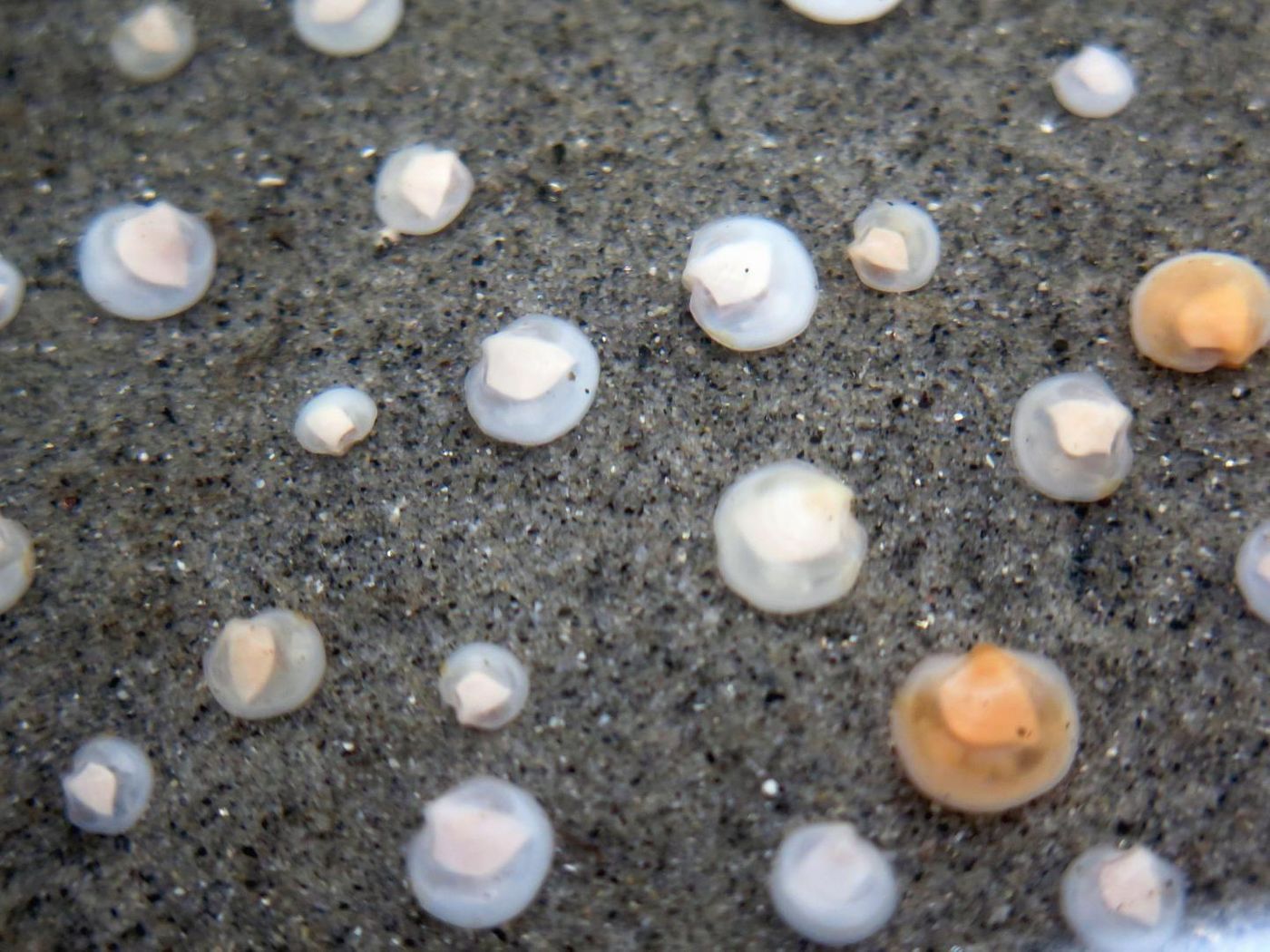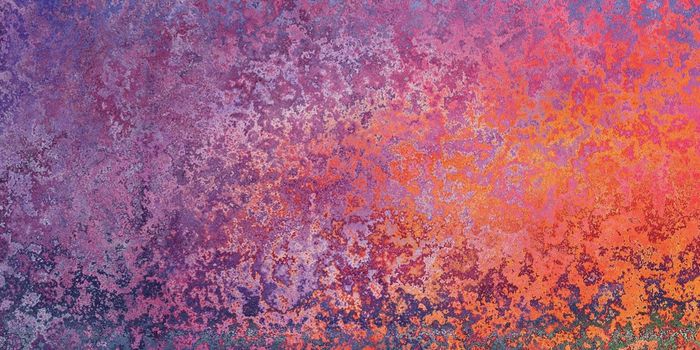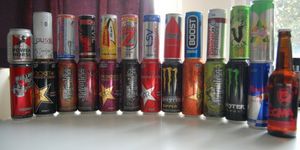Chemosynthetic symbionts are microbes that reside on the surface or inside of animals; they have to be able to function in the absence of sunlight, unlike organisms that perform photosynthesis. These symbionts can be very beneficial, and can provide their host with food that might otherwise be unavailable. While it’s been established that such bacteria can supply their hosts with carbon, Microbiologist Jillian Petersen and colleagues from the University of Vienna and the Max Planck Institute for Marine Microbiology have shown that the same is possible for nitrogen.
Chemosynthesis refers to the ability of a organism to get food by performing a chemical reaction in which inorganic material is oxidized, and this occurs in the absence of sunlight. Symbionts of marine lucinid clams and nematode worms have now been shown to be chemosynthetic.
Advanced genetic sequencing enabled the researchers to determine that the symbionts living in clams and worms carry genes for nitrogen fixation. Chemosynthetic marine symbionts were not previously known to perform such a function. The team located all of the genes responsible.
"Our finding is especially surprising because these bacteria are probably able to take up nitrogen from their surroundings, and also to recycle nitrogen waste compounds from their hosts. It seems like they wouldn't need to fix the stuff," explained Petersen. The team detected nitrogen fixation gene expression through transcriptomic and proteomic analysis of the clams. "That indicates that these symbionts are actively fixing nitrogen inside their hosts", Petersen continued. A check of the nitrogen isotope composition of the clams indicated the usual signatures for biologically fixed nitrogen, additionally confirming the symbionts’ active fixation of nitrogen.
Jillian Petersen, an Assistant Professor at the University of Vienna who researches these host-microbe interactions in clams, led the team of researchers that made this discovery. Petersen led a team in Vienna that collaborated with institutes around the world including the Max Planck Institute, the University of Montpellier in France, the University of Calgary in Canada, and the Hydra Institute in Italy.
"Most of our field work was done at the HYDRA Institute on Elba," said Dr. Ulisse Cardini, a postdoctoral researcher with Petersen's team as well as an experienced diver who did field sampling by scuba diving for the study. "In addition, our colleagues Nicolas Higgs from the Plymouth University Marine Institute and John Taylor at the Natural History Museum in London generously shared their sample collections with us, so we were able to search for these nitrogen fixation genes in marine clam species from around the world - and we found them. The ability to fix nitrogen is probably widespread in these animal-associated bacteria,” Cardini explained.
"Nitrogen fixation by chemosynthetic symbionts was overlooked for a long time", commented Petersen. "Since their discovery in the deep sea in the late 1970s, we have spent almost four decades researching the symbionts' role in providing a source of carbon such as sugars for their hosts."
Sugar isn’t enough to sustain marine clams however.
This new work, published in Nature Microbiology, suggests that the symbionts could be beneficial to their hosts by supplying them with nitrogen. They may also be a benefit to the local environment by fertilizing the warer with available nitrogen. Their publication notes that seagrasses are known to grow better when lucinid clams are around, and it’s possible the nitrogen from the symbionts is one explanation. Peterson concluded: "Our future research aims to answer this question: Do these marine symbiotic bacteria help to 'fertilize' the oceans, too?"
The video above is a lecture by Jillian Petersen on Chemosynthetic Symbioses at Vents and Seeps in the deep sea, given at the Lyell Meeting, a joint meeting of the Geological Society of London, the Palaeontographical Society, the Palaeontological Association and The Micropalaeontological Society on 12 March 2014.
Sources:
AAAS/Eurekalert! via
University of Vienna,
Nature Microbiology









